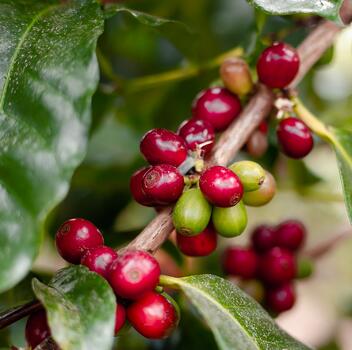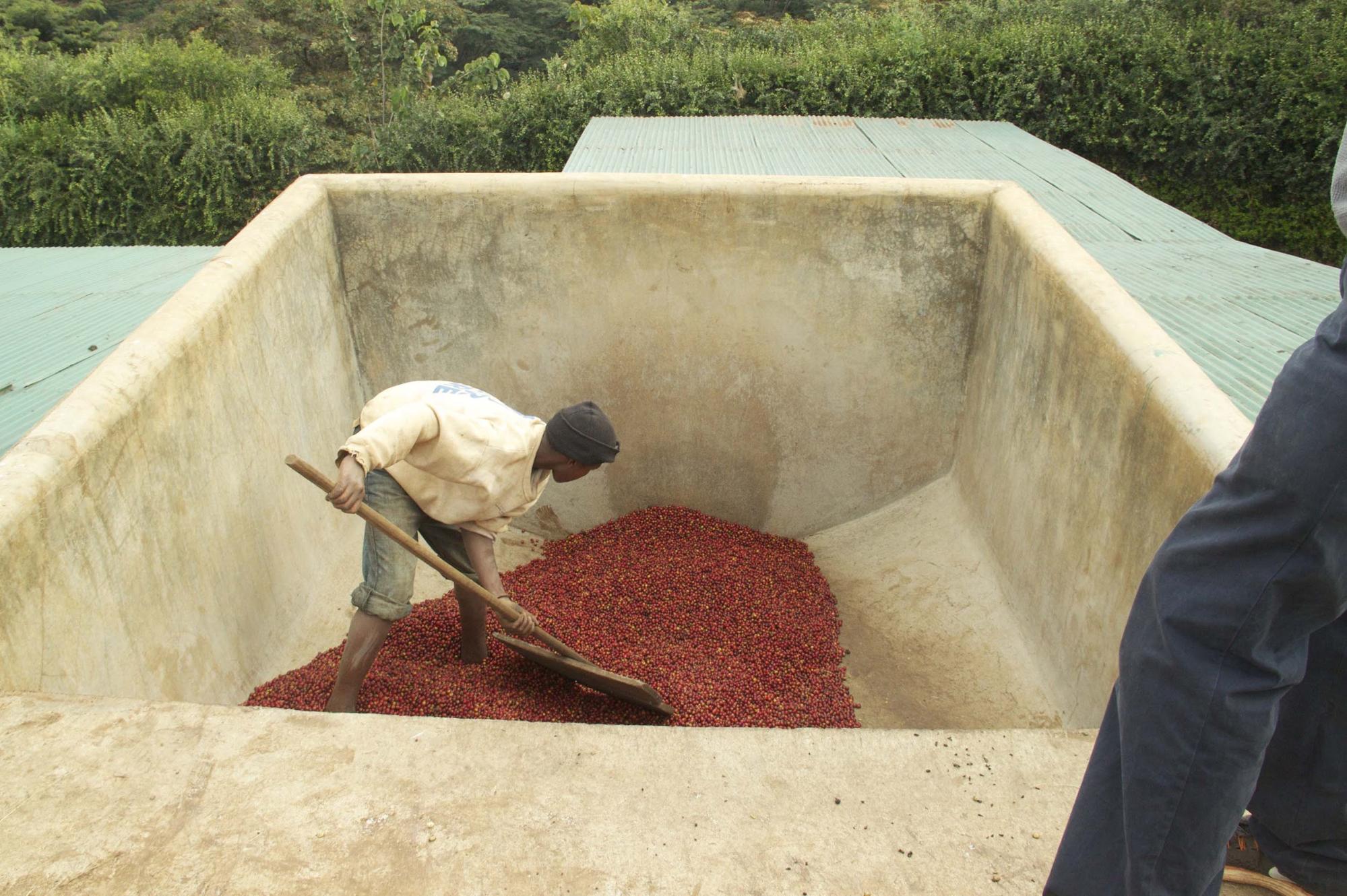Fermentation treatment of coffee beans differences and flavor characteristics of carbon impregnation anaerobic double anaerobic treatment
There is a growing trend that has aroused the interest of coffee professionals. This trend is an interest in different fermentation methods and coffee processing test methods. There is an element that wants to break through the boundaries of flavor and promote the boundaries that coffee really becomes. From carbonic acid impregnation to anaerobic fermentation, different fermentation methods are being studied and tested. So let's explore the meaning of some of these fermentation and how they affect the coffee you drink every day.

Carbon impregnation
Since Sasa Sestic won the WBC championship in Seattle in 2015, carbonic acid dipping has become increasingly popular because it is an experimental processing method and he uses it as his award-winning coffee. Carbon impregnation is deeply rooted in the wine industry because it is a popular method for harvesting and processing wine grapes. This method is still seen as an experimental method, but there are plenty of opportunities to break through the boundaries and find more flavor in coffee.
Carbonic acid impregnation is essentially soaking (fermenting) coffee in an environment rich in carbon dioxide. After picking, the coffee cherries are placed in stainless steel buckets that are usually sealed. Once put in, the carbon dioxide is pumped into the bucket and the coffee cherry is allowed to decompose different levels of pectin. This treatment usually produces bright wine coffee with a strong red fruit flavor.
Anaerobic fermentation
Anaerobic fermentation is another interesting fermentation method because it is placed in an environment with limited oxygen, coffee is sealed and sealed, and oxygen is not allowed to enter. The coffee is either beaten after picking or in good condition. The remaining fermentation time can range from 12 to 100 hours, depending on the producer's confidence and experience in his / her coffee.
When coffee is anaerobic fermented, it is usually put in a plastic bag and sealed. Instead of pumping O2 or CO2 into the bag, it is placed separately and fermented in an environment with limited oxygen. This fermentation creates bright, crisp and clean coffee with a more traditional flavor.
Double fermentation

Double fermentation, also known as double washing, is a common method popular in East Africa. This is essentially a method of washing and fermenting coffee in two rounds. When coffee is selected and sorted, it is placed in canals or buckets and soaked and fermented for a period of time. The coffee is then scrubbed and washed through the canal. The second round of fermentation / washing, repeat the first round, and then proceed
The drying process.
As mentioned earlier, this is a common method in East Africa as well as in global producers. It is said that it can produce a very clean cup of coffee with a bright and crisp fruit flavor. It can also give roasters and consumers around the world a deeper understanding of coffee itself. Although these three fermentation methods are not the only ones for coffee fermentation, these methods are getting more and more attention and popularity.
Important Notice :
前街咖啡 FrontStreet Coffee has moved to new addredd:
FrontStreet Coffee Address: 315,Donghua East Road,GuangZhou
Tel:020 38364473
- Prev

Do the advantages and disadvantages of drinking coffee often lead to a longer life? Three cups of coffee a day can help prolong life?
Drinking three cups of coffee a day may help prolong life, according to a study of nearly 500000 people from 10 European countries. The study, published in the Annals of Internal Medicine, shows that drinking an extra cup of coffee can prolong a person's life even if it contains no caffeine. But skeptical experts point out that it is not necessarily because coffee has a protective effect.
- Next

What is WCE? 2021 WBC, WBrC Milan World Coffee Championships Taipei postponed
In what ways do we learn about coffee? Editors usually get first-hand information about coffee competitions from WCE (world coffee events). On July 19th, the website announced the latest news of the 2021 Milan World Coffee Championship and Taipei WCC: the Fine Coffee Association (SCA) announced that the 2021 Milan World Coffee Championship
Related
- Detailed explanation of Jadeite planting Land in Panamanian Jadeite Manor introduction to the grading system of Jadeite competitive bidding, Red bid, Green bid and Rose Summer
- Story of Coffee planting in Brenka region of Costa Rica Stonehenge Manor anaerobic heavy honey treatment of flavor mouth
- What's on the barrel of Blue Mountain Coffee beans?
- Can American coffee also pull flowers? How to use hot American style to pull out a good-looking pattern?
- Can you make a cold extract with coffee beans? What is the right proportion for cold-extracted coffee formula?
- Indonesian PWN Gold Mandrine Coffee Origin Features Flavor How to Chong? Mandolin coffee is American.
- A brief introduction to the flavor characteristics of Brazilian yellow bourbon coffee beans
- What is the effect of different water quality on the flavor of cold-extracted coffee? What kind of water is best for brewing coffee?
- Why do you think of Rose Summer whenever you mention Panamanian coffee?
- Introduction to the characteristics of authentic blue mountain coffee bean producing areas? What is the CIB Coffee Authority in Jamaica?

